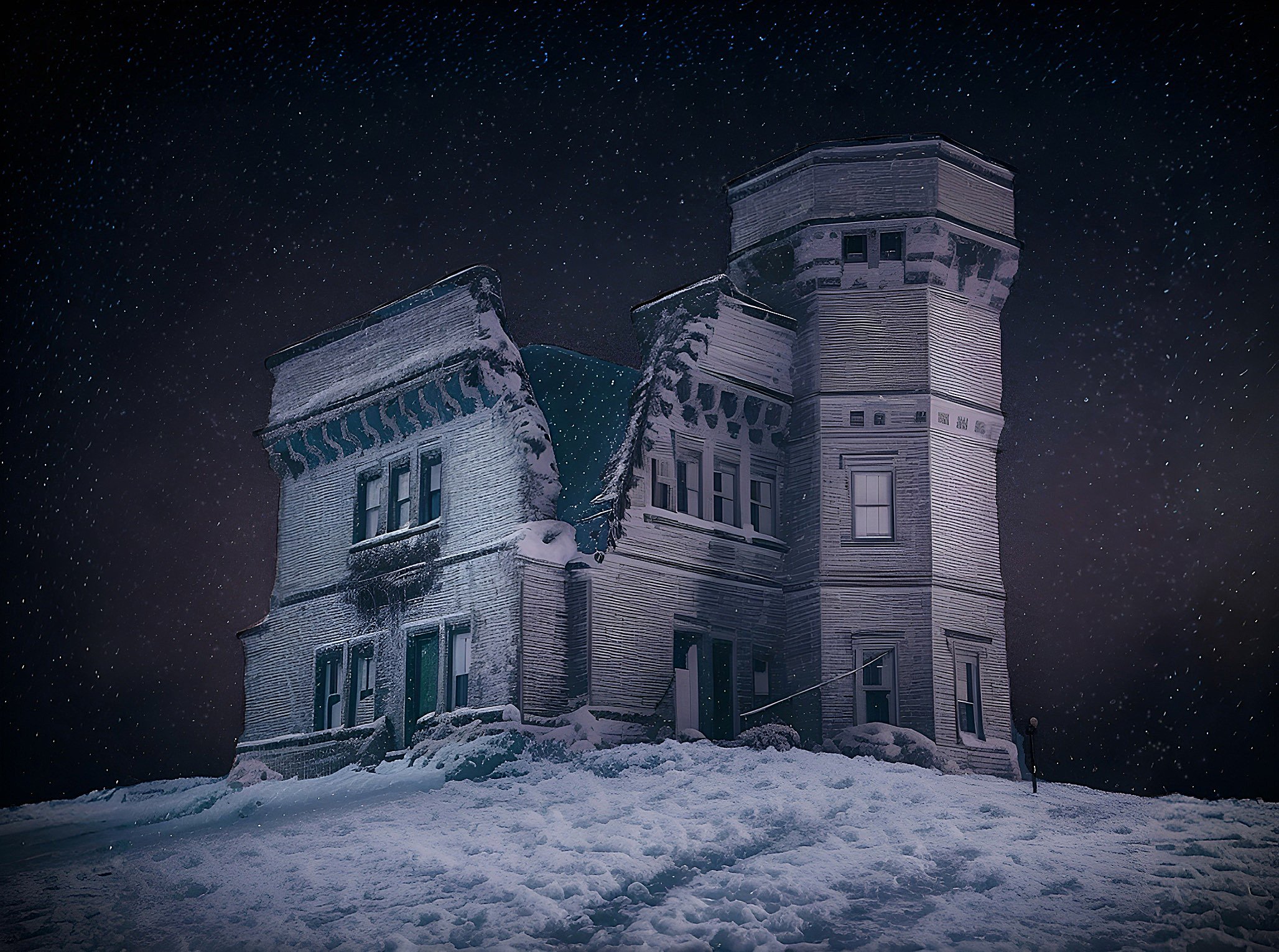That Time Cabot Tower Exploded
Damaged Cabot Tower (after the 1918 explosion), AI-aided illustration.
1918 went out with a bang in St. John’s — the city’s iconic Cabot Tower exploded.
On Dec 31st of that year veteran signalman Michael Cantwell, was preparing to fire the noon gun from Signal Hill. He went to Cabot Tower, where the gunpowder was stored. Reportedly Mr. Cantwell was smoking a pipe.
You can imagine what happened next.
Fire from his pipe ignited the gunpowder causing a significant explosion. According to a report in the St. John’s Daily Star, the building survived owing to the small supply of gunpowder held inside at the time. Otherwise, they wrote, the tower would have been “blown to atoms.”
As it was there was extensive damage. Large blocks of stone were blown from the walls and the building caught fire. A doctor and a team of nurses from the nearby smallpox hospital rushed to the scene. With fire extinguishers in hand, the nurses fought the blaze, while the doctor tended to Cantwell.
-
Cabot Tower sits high atop Signal Hill in St. John's, NL. It is clearly visible from many parts of the city and, as such, has become a symbol of the city and province. Depictions of the tower can be found everywhere including sports jerseys , stamps and snow globes.
The building was constructed in the late 19th century to commemorate both Queen Victoria's diamond jubilee and the 400th anniversary of John Cabot's arrival in Newfoundland.
At the time, there was a movement In Canada to establish a monument to Cabot’s landing in Cape Breton. Newfoundlanders were not having it. Eager to maintain NL’s claim on Cabot, the people of the nation felt it important to make a grand gesture — a tower sitting high above the capital city would fit the bill.
Construction of the tower began in 1898 but, despite boldly asserting the claim to Cabot, there was not a lot of love for the project at the time.
In 1892 St. John's had been decimated the Great Fire. Two years later, in 1894, the banks collapsed. Set against this backdrop, the building of an expensive tower high above the city seemed questionable. One critic described the project as “the placing of a silk hat on the head of a man who had not a decent pair of boots to keep his feet warm.”
Obviously the criticisms did not stop the construction and the tower was finished in 1900. The gunpowder explosion happened before the tower reached 20 years old.
Check out this interesting Parks Canada report. It contains many images of Cabot Tower including alternate plans.
Damage at Cabot Tower, photographer unknown.
Cantwell’s injuries were serious. He died in the hospital several days later. According to a report in the Evening Telegram (January 3, 1919), “Cantwell was getting old, and besides the bodily injuries done by the explosion, the shock was so very great that death was inevitable from the first.”
Fair enough, I imagine standing at the ignition point of an explosion large enough to move stone bricks would be quite shocking.


